
On Sunday, Feb. 8, 1998, Dave Newlin, passed into the spirit world after a great life that resulted from his determination to make the best of his existence. I was blessed to meet him in 1980 and spend hours with him on several occasions. His influence on me was as a musician, from his singing with a famed men’s choir, The Harmonaires and as an entrepreneur.
In 1985, he retired to Springfield from employment with Franklin County and was able to enjoy years of good health before his sudden death. but he was a member of a singing group whose success is the stuff that dreams are made.
Would anyone believe a story that begins with two janitors being overheard singing in a closet that blossomed into a national touring show that went to New York, Hollywood and continued for thirty years? It’s true and the center of the saga is the Columbus Harmonaires.
The foundation of this story is the Curtiss-Wright Plant, also known as the North American-Rockwell Plant, on Columbus’ far east side. Many of the nation’s military aircraft were produced there beginning in the 1940’s and the facility continued in aerospace production until the 1980’s.
Before President Franklin Roosevelt’s “New Deal” edict which outlawed discrimination in defense plants, Blacks were employed in strictly custodial or kitchen jobs. A couple of fellows were easing their way through the day’s cleanup by vocalizing in the privacy of their station, when the plant’s manager, C.W. Williams, interrupted their solitude.
The automatic response from the singers was, “Oh no, we’ve been caught. There go our jobs.” But amazingly, Williams’ reaction was joy that such harmony was coming from the workers. He immediately inquired as to their availability to entertain at a party that he was having that night. They accepted and sang the few songs that they knew several times.
The founding members were George Boswell, Fugate Page and Walter Willis, known as the Curtiss-Wright Singers. Williams suggested a new name for the singing group, The Harmonaires, referring to the gospel songs that they first sang as “aires.”
An early member of the group, Dave Newlin, said, “Recreation for Black folk during all ages has been music. If you get three guys under a street lamp, they’d be harmonizing. We had a choir at Curtiss-Wright that had a hundred and fifty voices and we loved to sing.”
When Boswell, Page, Willis and Lawrence McGhee came together, a quartet was ready. They rapidly expanded with the additions of J. Leroy Bowen, Dave Newlin, Edward Ritchie and J. Calvin Ward. Rehearsing in a church, they were overheard by Raglin Reid, an attorney and former member of the Wilberforce University Quartet.
Reid took charge and a group of twelve strong was soon performing statewide in defense related benefits with the backing and sponsorship of Curtiss-Wright. For three years they made weekly appearances on WLW Radio in Cincinnati on the Circle Arrow, Midwestern Hayride and the Sunnywide Shows.
Newlin remarked, “We did some tunes that I’d give anything to have on record; ‘Mighty Like a Rose’ and ‘He.’ Every week we had to have new tunes so we’d rehearse Monday through Friday, four hours a day so we could go to Cincinnati to do the broadcasts.”
“We did some pretty heavy stuff and very seldom did we have orchestration behind us. If there was an orchestra behind us we’d use only the rhythm section because our arrangements were so complete.”
In station wagons purchased by their radio sponsor, the Moores Stores of Newark, Ohio, the Harmonaires touring circle, as singing ambassadors of Curtiss-Wright, extended from Columbus to St. Louis and New York. They performed over five hundred songs at hospitals, civic and benevolent functions.
At war’s end the Harmonaires and Ragland Reid were commended by the War Department for their services. In 1947, still under Reid’s meticulous direction, they headed for New York for even more success.
Two years of storming New York found them on radio with the Carnation Hour, the Jack Smith Show, the Henry Morgan Show, the Arthur Godfrey Show, the Paul Whiteman Show and the Fred Allen Show. Newlin added, “When we did the Carnation Hour, we were forced to write a script for the orchestra behind us. The famous arranger Don Redman wrote the tunes that we were going to do for the eighteen piece orchestra that was on the show. The producer wasn’t going to pay the orchestra and not have them play.”
Newlin also remembers other performers that the Harmonaires worked with including Milton Berle, George Kirby, Spike Jones and their television premier with The Ed Sullivan Show in 1947. “The television lights for the Sullivan show were so hot that we were all wringing wet in no time. It almost burned your skin.”
After three years of non-stop touring, the group returned to Columbus to greet family and friends. J. Leroy Bowen says, “After being away for such a long time the wives really put the pressure on. Ragland Reid resigned and the Harmonaires folded.”
But in late 1949, at the insistence of the Music Corporation of America (MCA), who wanted to make new plans for the singers, The Harmonaires were reorganized as a quintet. The new group featured Bowen, Newlin, Page, Ed Ritchie, Calvin Ward and pianist Harold Clark.
This group continued in the gospel-spiritual tradition of its previous years but added more popular material. In 1951, the high point came when the New Harmonaires journeyed to Hollywood to be featured in “One Too Many.” The work involved recording seven songs for the soundtrack album.
Show business life and regular appearances continued for the group until 1974. At that time death claimed two members, Clark and Ritchie. The group performed an enormous amount of material, but the history of the Harmonaires survived on three seventy-eight rmp records on Majestic Records. In listening to the recordings of the group, they seem a large group extension of the tradition that started with the Mills Brothers in the 1920’s.
Newlin reminisced, “When I was coming up in the ‘30’s the only thing that a young man had to look forward to was driving a city truck or working at the Post Office. Music gave me the opportunity to travel the country in grand style and be on equal terms with all people, rich and poor.”
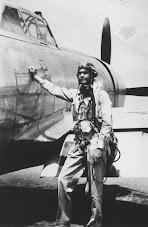


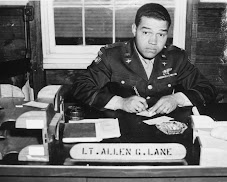
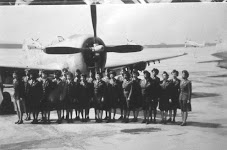
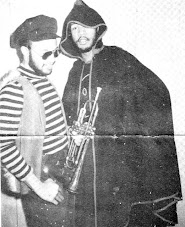





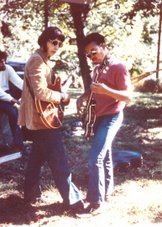
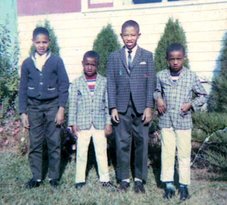
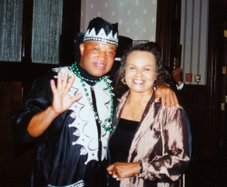

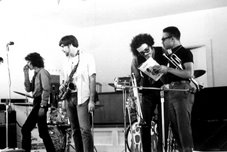


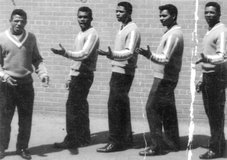



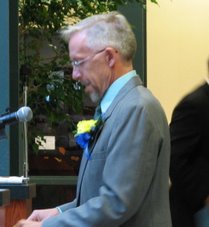

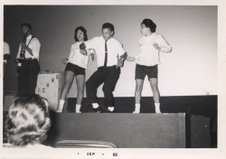



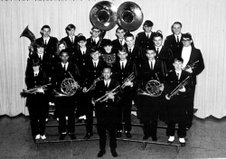

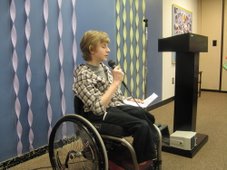
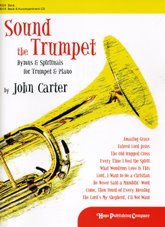
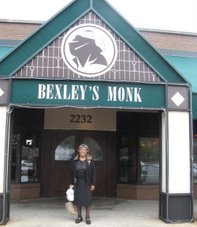
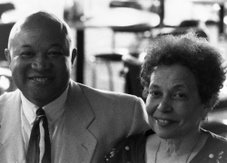


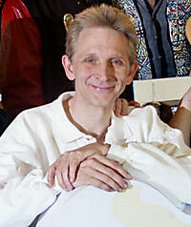
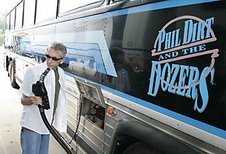
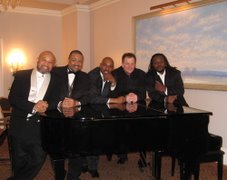
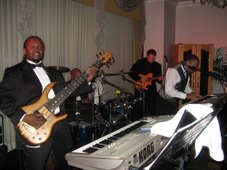
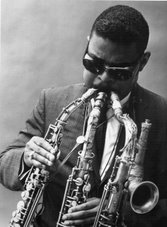
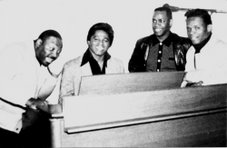

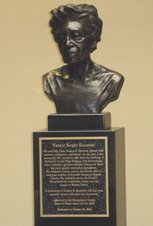
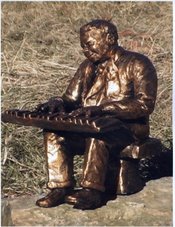
No comments:
Post a Comment